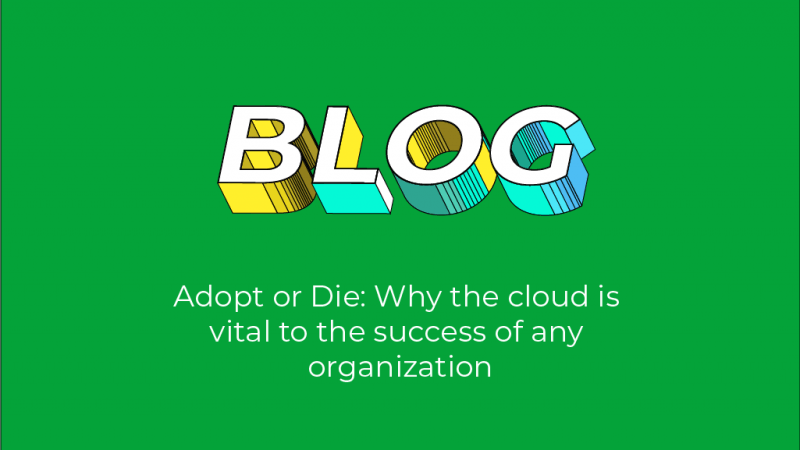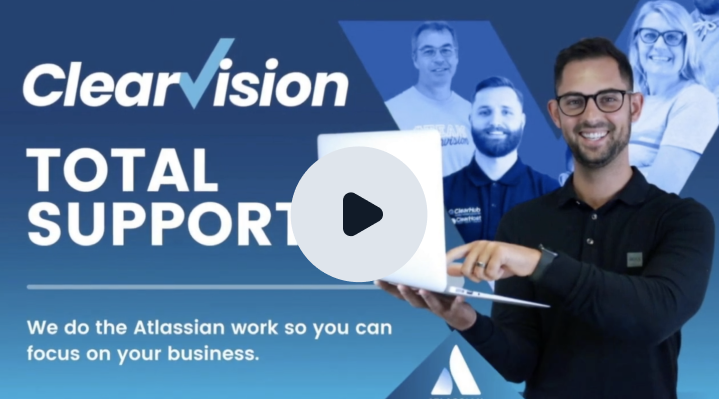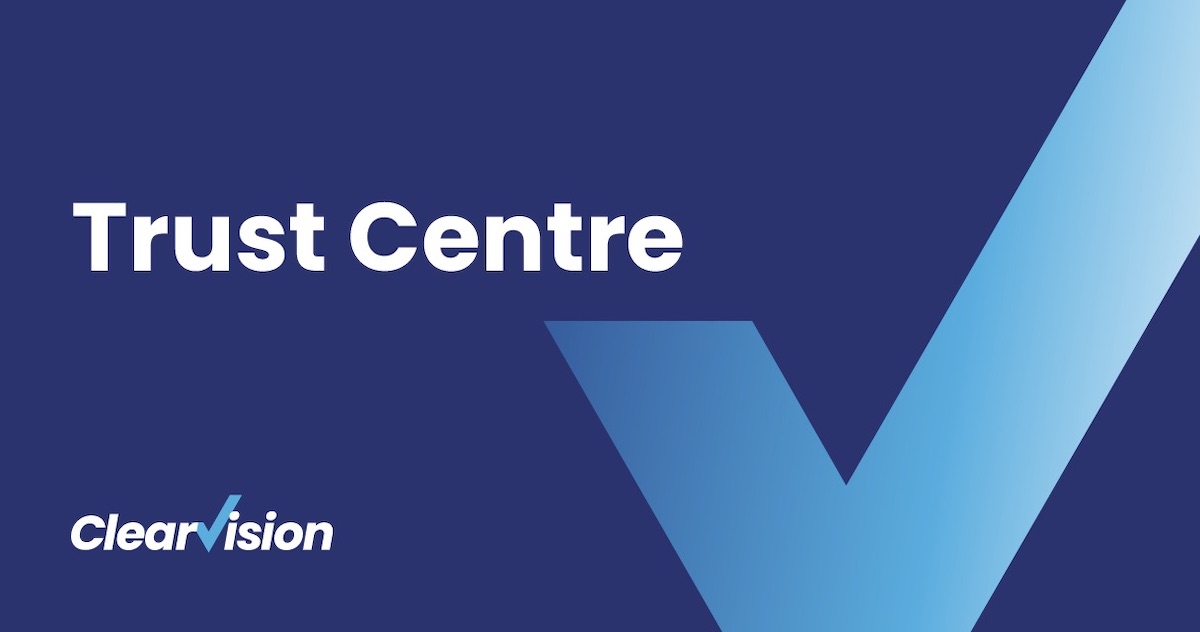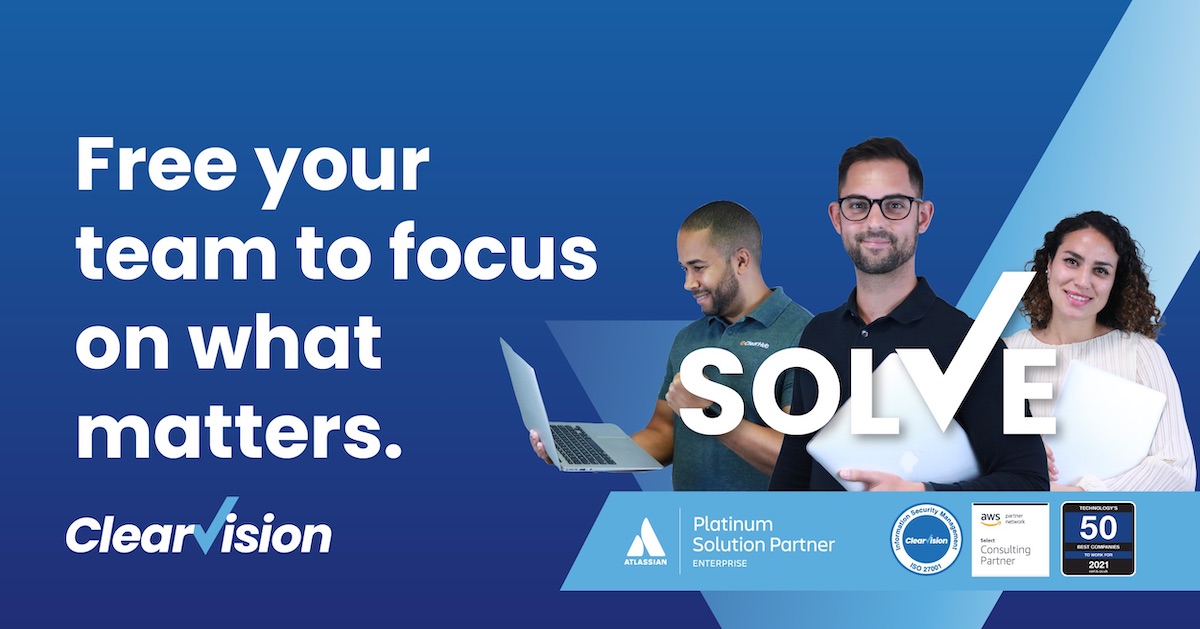Adopt or Die: Why the cloud is vital to the success of any organisation
Clearvision CEO and thought-leader Gerry Tombs discusses the future of the cloud and what it means for businesses - not only in the software world, but across all industries.
- August 25, 2017

The Cloud: Seeing through the fluff
Forgive us for the pun, but since we all see mentions of the cloud every day, let’s first get a clear vision of what we mean when we discuss the cloud.
In this context, we’re talking about cloud hosting services — more comprehensive than, say, the cloud storage associated with your smartphone. We’re looking at Platform as a Service and Software as a Service (PaaS and SaaS).
PaaS: A category of cloud computing services that provides a platform allowing customers to develop, run and manage Web applications without the complexity of building and maintaining the infrastructure typically associated with developing and launching an app.
SaaS: A software licensing and delivery model in which software is licensed on a subscription basis and is centrally hosted. It is sometimes referred to as “on-demand software”. SaaS is typically accessed by users using a thin client via a web browser.
In this interview, Clearvision’s CEO Gerry Tombs talks about why PaaS and SaaS (or even a hybrid of the two) are the future – not just for Clearvision, and not even just for software organizations, but for any business determined to survive and thrive.
The rise of PaaS and SaaS (and IaaS, and…)
It’s experienced a burst of popularity and press in recent years, but the concept of a cloud-hosted platform or piece of software has been around for a long time. What made you realise it would be such a major trend?
As a company, we had our first experience of cloud-hosted software back in early 2000. We were early users of Salesforce and the experience of being a SaaS user opened our eyes – we realised as a company that you don’t have to install an app or have servers.
Running tools on the internet offers companies a lot more freedom in that sense. There’s no need for the technical skills required in keeping a server running, no server room, no need to buy equipment. Software as a Service marked a change in the way the internet was used.
Again, we saw this for ourselves as a company when we switched from a server-based email provider to Gmail, which gave us a simplified business solution in the cloud. I’d estimate we were saving about 90% of our original email costs by eliminating that need for infrastructure and technical expertise.
This was the basis for us as a business over the next few years. At the time our speciality was configuration management and version control, and work began on an internal project called “CM in a box” – the idea being that this would be a cloud instance and save our customers any worry over servers, admin support and so on.
As our skillsets grew to include the whole software development cycle through our partnership with Atlassian, the idea also grew to form the basic concept of Spectrum. Our goal was build a whole software development platform available in the cloud.
A conveyor belt in the cloud
You’re fond of a “conveyor belt/production line” analogy for software development. Can you elaborate on that?
No matter how complicated its processes can be, building software is fundamentally no different to anything being built on a factory production line.
Code goes in, it goes through each stage of development, and then you get your end product.
So Spectrum takes that conveyor belt model and makes it available as a cloud instance?
Yes – by taking those processes and deploying them in the cloud, we take away the pain of servers, installations and so on. It limits disruption – cloud hosted software is always running.
We believe businesses should focus on what they do best. If they build software, they should be building software, not spending time and resources on maintaining and supporting the infrastructure around their tools.
It used to be that companies would outsource to achieve this. Now there are more options.
There are lots of cloud vendors around these days – how are you making Spectrum different?
The problem a lot of companies have is that their dev teams in particular want to cherry pick the tools they use. They want the best of breed solutions for the various stages of development. They’ll use one tool for capturing requirements, one for version control, one for testing, and these will all come from different, independent vendors, and the majority of them will be designed to run installed on a server rather than in the cloud.
There’s a different architecture involved in writing tools for the cloud. So normally, businesses would have two options. They invest heavily in overcoming the challenges involved in moving server-based tools to the cloud, or they invest heavily in the installation, running, admin, maintenance and other costs involved in having their own servers.
Either that or they’re forced to adopt the tools of one single vendor. We knew there was a market for Spectrum because there are companies who already do something similar, but they only offer their own tools, and often these aren’t best of breed. In an industry where the “next big thing” changes a lot — as one example, we’ve seen it in the move from centralised version control systems towards distributed version control systems — to be locked in with one vendor and one set of tools is impractical, even if they cover each current stage of your development process. You’ve got to be able to keep up with the journey!
With Spectrum, we’ve created a service that brings market-leading best of breed tools together and offers customers the ability to scale with growth and adapt to the market as it changes. It’s all deployed on the cloud and supported by experts, and it gives organizations a Workbench where they can manage their tools, processes, users and groups and more from. Let’s not also forget, an important aspect of this service is the speed in which the whole production line of tools is available. We’ve built Spectrum so it can be available in minutes not days, which means development team can be productive in minutes not days.
No one can claim anything is completely future-proof, but we’re building Spectrum in a way that means it will evolve to encompass future trends.
And what do you see for the future of the cloud? What are your predictions about where it will be heading next?
For us, we’re going to keep building Spectrum – both Spectrum ALM and our new iteration, currently codenamed Spectrum Collaborate, which will open up the Spectrum tools to teams outside of development in a big way.
As we continue to develop we’ll be establishing an open source standard so anyone will be able to write their tools with an interface that will plug right into Spectrum. We’re working towards a “plug and play” model. We know each industry has its own unique, specialist tools, so we want the Spectrum platform to work with them. Companies can get their whole organisation working on the same platform — that’s all of their departments, from marketing to finance to dev teams — and collaborate better than ever. Collaboration can make or break a business, whatever the industry.
More broadly, soon all businesses should be cloud-based. For example, Clearvision now has zero software running on servers. We save significantly thanks to reduced overhead money, with no hardware renewals, electricity, IT costs and so on, and that’s the direction we want to help our customers go in.
I anticipate that more and more companies will be writing their tools specifically for the cloud as well. The infrastructure that makes up the internet as we know it is now powerful enough to do everything we want it to that used to require servers.
As technology improves, we’re seeing a revolution.
clearvisionwebmaster
Atlasssian expert resources
Visit our blog for expert news and articles from the Atlassian world. On our resources page you will find recorded webinars, white papers, podcasts, videos and more.
The Software Blog
Read our blog for articles offering best practice advice written by Atlassian experts, as well as the latest news concerning your software.
Software White Papers and Guides
Dive deep into Atlassian software with our white papers and guides on individual tools, partner products, services, and best practices, written by the experts.
Expert Webinars
All of our webinars are pre-recorded and available to watch on-demand. Enjoy everything from partner features to application demos and updates from Atlassian experts.















